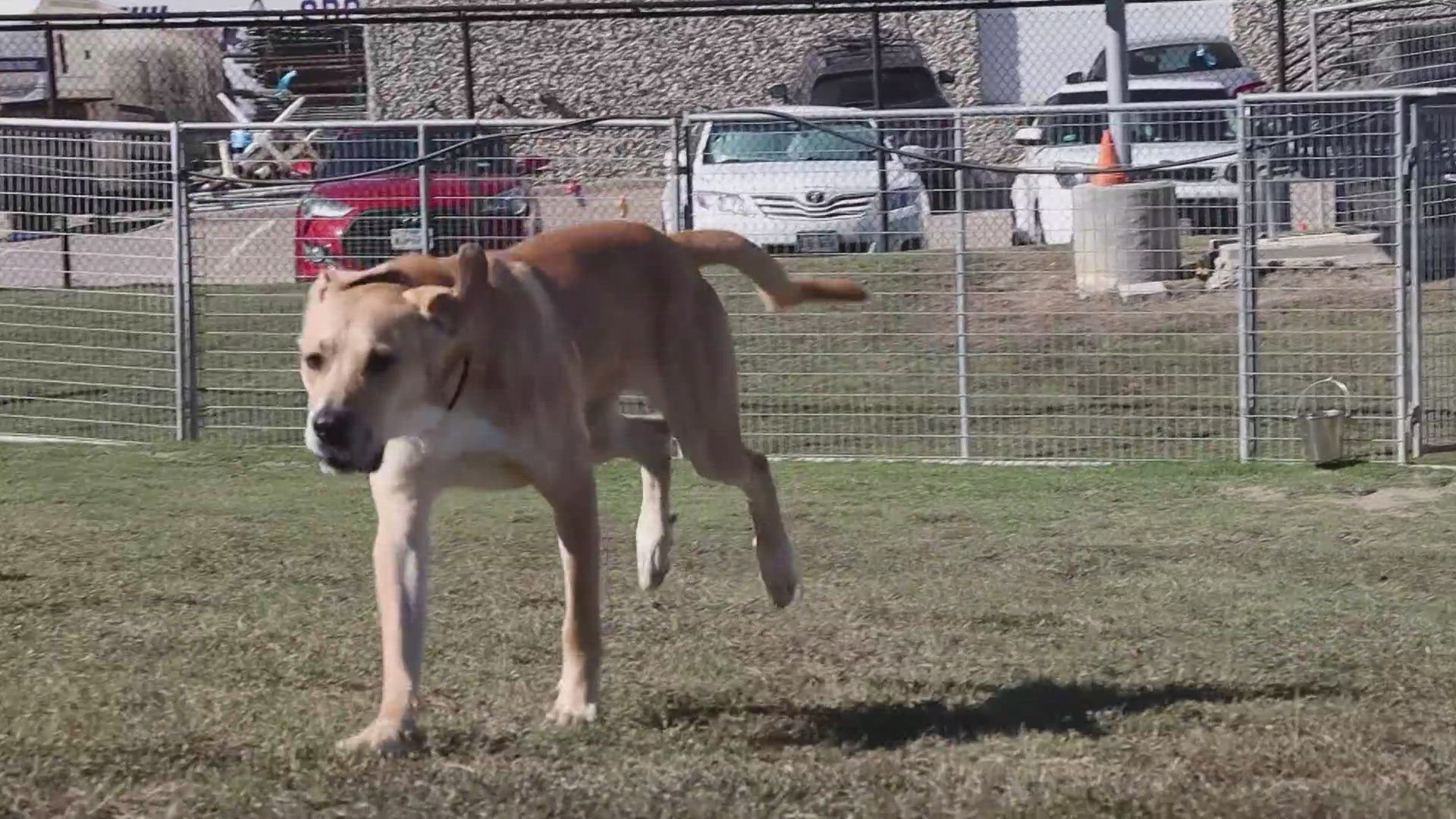DALLAS — Updated at 8:30 p.m. with a clarification on what kind of snake is shown in the picture above. Thanks to Mark Pyle, president of the Dallas-Fort Worth Herpetological Society and founder of the "What kind of snake is this? North Texas Educational Group" Facebook group for correcting us.
A nonvenomous diamond-backed watersnake devoured a fish at Lake Graham... and the pictures look like something straight from a nature documentary.
Connie Larance shared these pictures of the snake eating a fish in our WFAA North Texas Through Your Lens Facebook group.
You may be seeing more pictures of snakes in your social media feeds lately, but don't be alarmed; it's that time of year in Texas, according to Texas Parks and Wildlife.
With all the rain North Texas has seen, now nature is coming out to enjoy the sun, too.
"The main thing is because people are seeing more nature out and about, that’s why they're seeing snakes," said Sam Kieschnick, Urban Wildlife Biologist for DFW with Texas Parks and Wildlife.


Larence said in her post: "I was weedeating around our place on Lake Graham and caught movement to my left. I had disturbed this snake who was trying to devour his lunch! I did NOT kill the snake."
Many snakes eat birds, bugs, plants, and fungi. There are some snakes that feed on birds, mice, rats, and pests, TPWD said.
"Snakes are not out to get us, we are not the main selected prey item for snakes," Kieschnick said. "They are eating the little tiny bugs, the frogs, the mice it’s a good thing that they're here with us, we only have a few venomous species."
In Texas, the venomous snakes are the rattlesnakes, cottonmouth (known to some as "water moccasins"), and copperhead. The others are harmless, he says.
Cottonmouths are the world's only semi-aquatic viper, TPWD says.
Kieschnick recommended that if you take pictures of wildlife, plants or even animal footprints, you can submit them to an app called INaturalist (on the Google Play and Apple store). It's an app where you can get feedback on your pictures from biologists, naturalists and scientists and it help Texas Parks and Wildlife.



